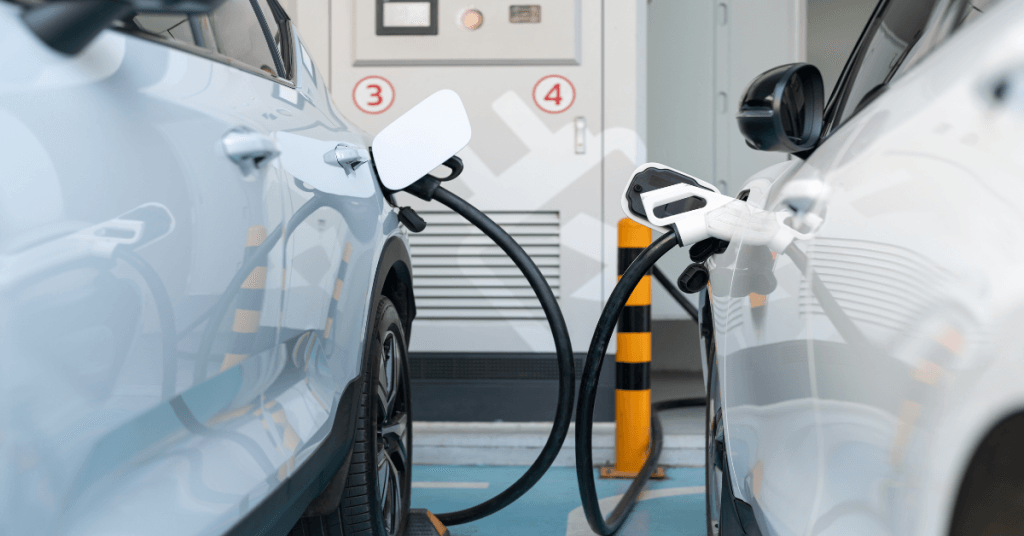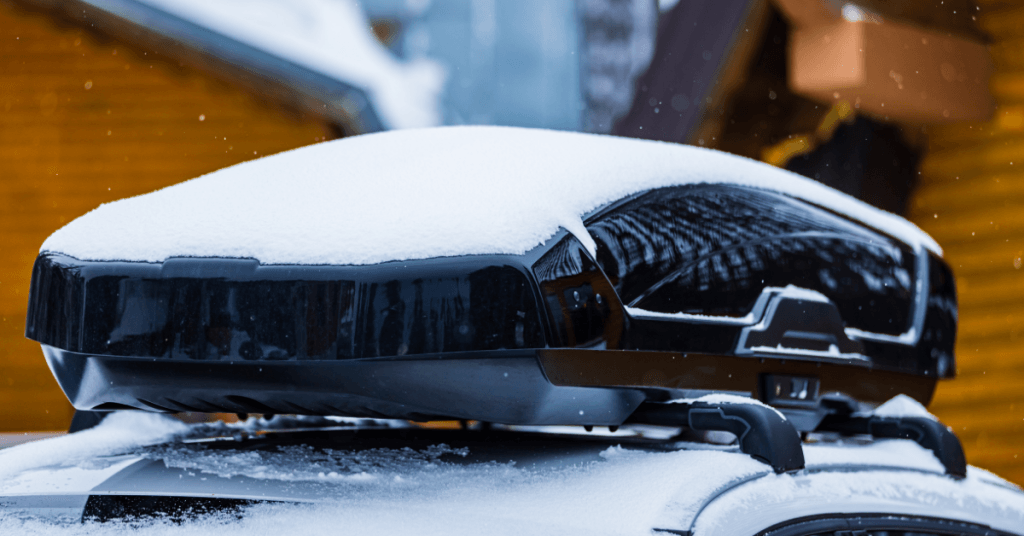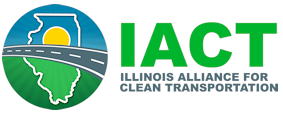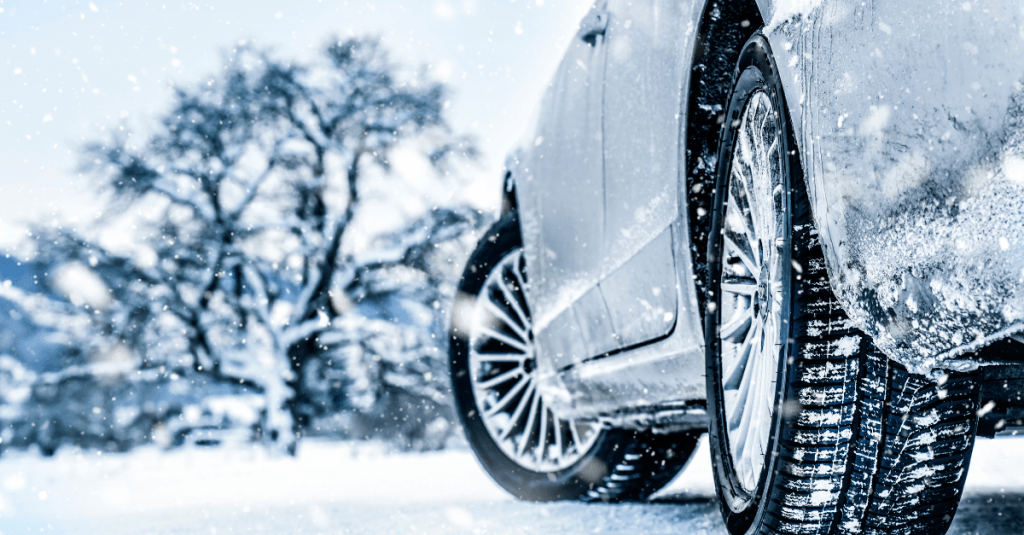The effect of cold weather on fuel economy is significant. All vehicle batteries, including those in traditional internal combustion engine (ICE) cars, can be affected by low temperatures without proactive cold-weather precautions. Denser air increases drag, lower tire pressure raises rolling resistance, icy roads reduce traction, and driving at lower speeds in slick conditions further reduces fuel economy. Finally, battery performance declines, straining the alternator and affecting regenerative braking in hybrids and electric cars (EVs).
EVs and hybrids have their own list of challenges when the weather is cold. According to the Department of Energy (DOE), in cold weather, hybrid vehicles see an overall efficiency drop of about 30% to 34% under winter conditions. For electric vehicles (EVs), fuel economy can decline by approximately 39% in mixed city and highway driving, with driving range decreasing by 41%. However, there are multiple ways to increase performance, battery life, and fuel economy.
Efficiently heat your EV
Heating your EV efficiently is the best way to preserve its battery. Most modern EVs use lithium-ion batteries, where electron movement enables charging and discharging. Cold weather slows this process, reducing efficiency, lowering range, and extending charging times.
Parking in a covered or indoor space can improve your EV’s cold-weather performance by helping maintain battery efficiency—similar to a gas-powered vehicle, a heated garage further boosts battery performance and charging speed.

About two-thirds of the additional energy consumption in winter by EVs or hybrids is used to heat the cabin. Without heating the cabin, EV fuel economy drops just 8% at 20°F versus 75°F, with driving range decreasing by about 12%. To reduce strain on your EV’s battery and improve fuel economy, precondition your EV by running the heater while the car is plugged in. Some models even offer battery preheating to preserve driving range in cold conditions.
Additionally, instead of heating the entire cabin, use localized options like seat heaters and a heated steering wheel, if available. These features consume less energy while still keeping you warm on your drive.
Get your EV ready for winter
To prepare for winter, an EV’s battery should be fully charged before being used. This helps offset energy loss from the cold and keeps your vehicle ready for longer trips.
Switching to winter tires improves grip on icy roads and ensures proper tire pressure, which you should regularly check to reduce rolling resistance. Additionally, use your manufacturer’s recommended cold-weather oil to improve efficiency. To further help fuel economy, remove roof racks or accessories that cause wind resistance when not in use to save energy.

Finally, if charging your EV outside, prevent the connector from freezing by using a magnetic cover or bag, especially during heavy snow or sleet. Always store the charging connector as recommended to maintain proper function and longevity.
When owning an EV, remain prepared
Part of maintaining a better fuel economy for your EV or hybrid is thinking ahead and remaining prepared. Something as simple as carrying a charging cable ensures you can charge at any point during the day.
Another way to increase fuel economy and put less strain on the battery is to combine trips, as this reduces the time spent driving with a cold engine and you do not have to precondition your car multiple times. Drivers should also avoid prolonged idling—most manufacturers recommend driving gently after about 30 seconds, as the engine warms up more efficiently while in use.
When using public fast chargers, keep in mind that charging slows between 80% and 100% capacity. Charging past 80% takes longer, but if maximum range is needed for longer trips in cold weather, charging closer to 100% may be necessary. For shorter trips, an 80% charge is usually sufficient and allows for faster charging. If the station is uncovered, return the connector properly after use.
Lastly, smooth driving helps preserve battery life. Avoid rapid acceleration, use regenerative braking when possible, or switch to Eco mode. Also, avoid towing cargo, as it puts extra strain on the battery.
Winter and EVs do mix
From slower battery charging and reduced range to the impact of icy roads and denser air, winter conditions present multiple challenges for maintaining efficiency. While cold weather can significantly affect fuel economy in hybrids and EVs, there are many ways to mitigate losing fuel economy. By taking proactive steps, you can minimize the effects. With the right precautions, you can maximize your EV or hybrid’s performance, even during the harshest winter conditions.

Whitney began working with IACT in 2023. With a degree in English and a minor in Art, Whitney has worked as both a newspaper reporter and a digital marketing and events manager, bringing 7 years of marketing and 8 years of content creation experience to IACT. Whitney is passionate about nature and preserving the environment, including solutions to cleaner air and greater sustainability, and is a former Chicago resident.



